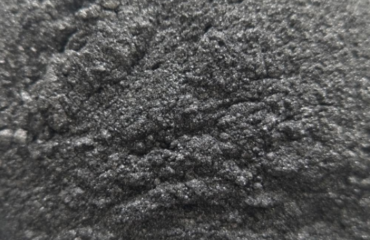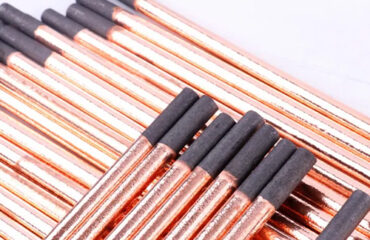Scientists at the Georgia Institute of Technology and the French Academy of Sciences have made use of graphite to successfully create a theoretical model of transistors, electronic circuits and integrated circuits. The electronic devices they manufacture have the advantages of carbon nanotubes, but they can be made with the current microelectronics technology. If it succeeds, it will lay the groundwork for large-scale industrial applications of nanotechnology. At the March meeting of the American Physics Conference, the researchers read out their findings, which have been published in the Journal of Chemical Physics.
We are not unfamiliar with graphite, the pencil core is made of it. Scientists have also found a big use for graphite: they have made graphite into new electronic components, making it possible for the graphite to be the next generation of nano-electronic components. The fabrication of carbon nanotubes using graphite layer sheets can be used to obtain all the properties of nanotubes, because these properties are formed by graphite layers and other electronic constraints, not by nanotube structures. Graphene carbon nanotubes simply roll the graphite layer into a cylindrical structure. The researchers heated the silicon-carbon compound in a vacuum, allowing the silicon atoms to escape from the surface and leaving a thin layer of graphite on the surface. They use current circuit printing technology to carve the graphite layer into a graphite layer circuit with a line width up to 80 nm. The circuit shows high electronic mobility and shows performance stability in greenhouse conditions. The researchers also used this method to create a full graphite layer planar effect transistor, as well as a quantum interference device. The researchers predict that graphene carbon nanotubes and graphite-layer circuits will have great potential for application. It produces more contact surfaces than electronic devices made from a variety of materials, with a huge advantage of using only one material to create a system, which not only does not cause resistance to heat in contact surfaces, but also uses existing microelectronics technology to make their systems. The researchers say that the components they want to make are not copies of silicon-based electronic components, but rather a new way of looking at electronics. Their ultimate goal is to create an integrated circuit that uses electrons to move in diffraction rather than in a way that propagates, which will produce small, highly efficient gadgets.


